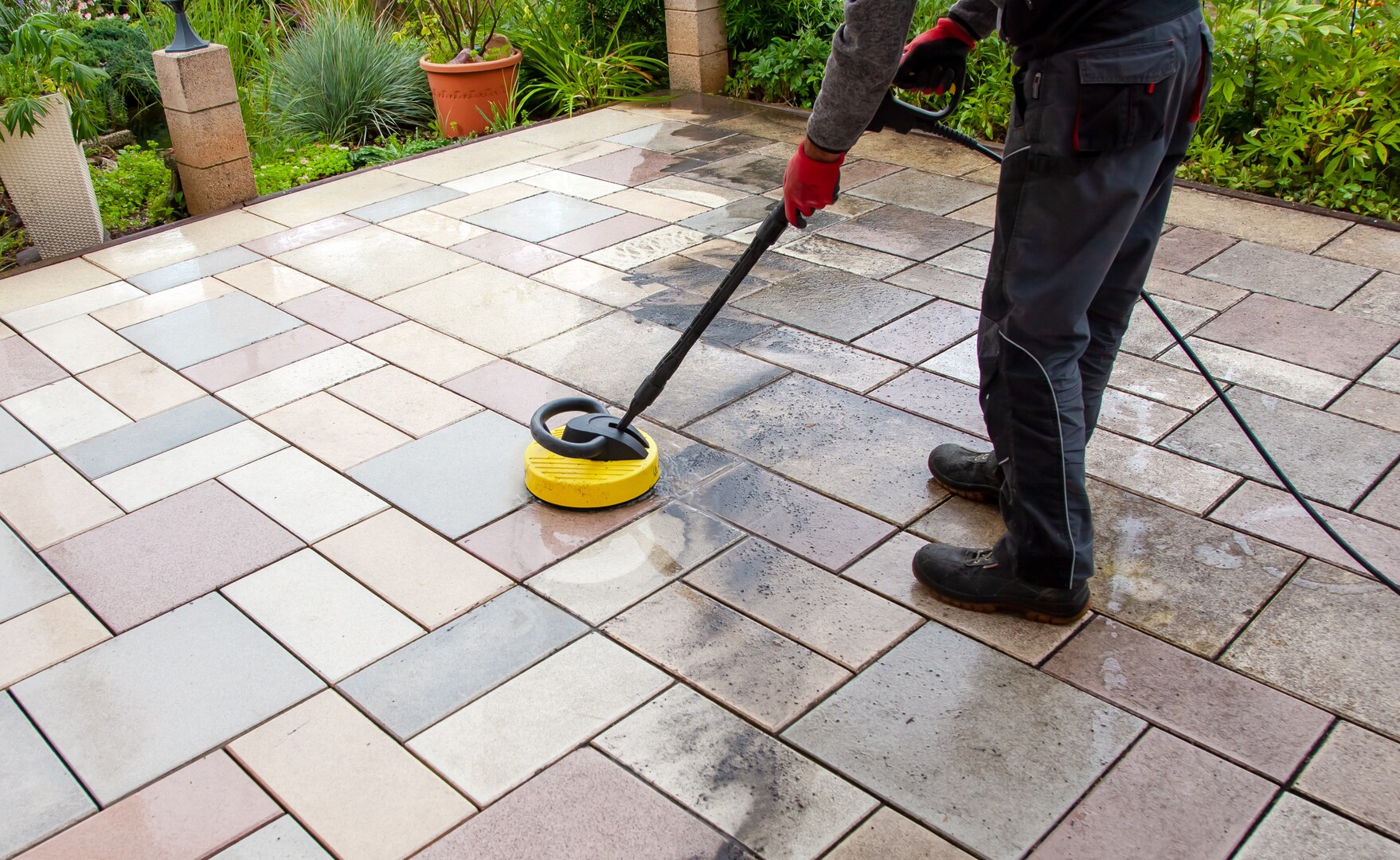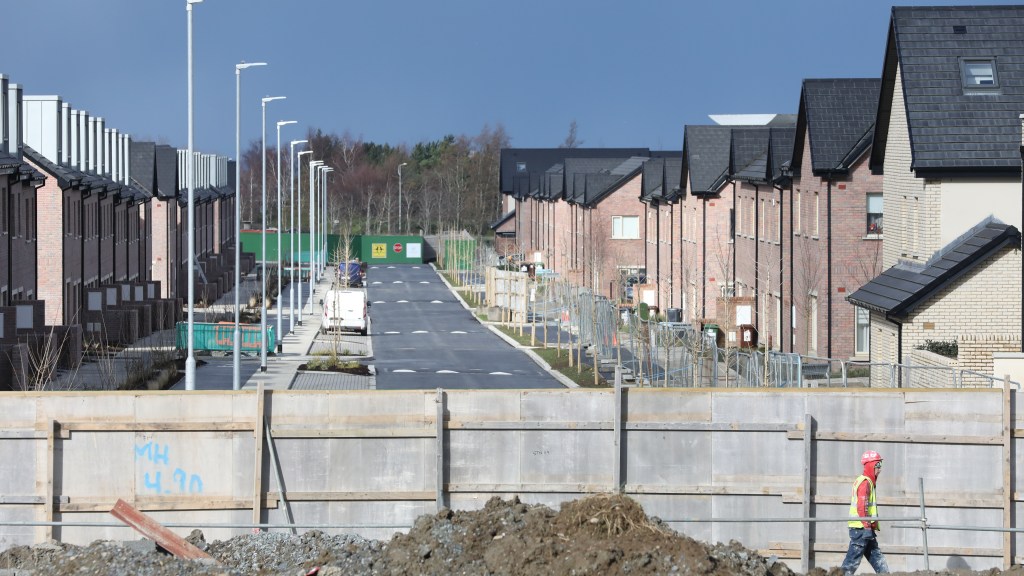Seeking Practical Guidance on External Wall Insulation for Older Homes
We are planning to install external wall insulation on our 1930s home, which features solid 9-inch brick walls that are currently rendered. While we’ve consulted organizations like the Energy Saving Trust, their guidance tends to be overly general, lacking the specific practical advice we need.
Additionally, we are concerned about recent reports from homeowners who opted for external wall insulation through government schemes, only to discover problems such as mold on internal walls and condensation issues. We are looking for concrete advice that includes product recommendations and showcases real-life examples of successful insulation projects, as well as strategies to prevent condensation-related issues.
This inquiry addresses a significant concern for many homeowners, especially those living in houses built before 1940. The choice of insulation materials in these properties is critical. Homes with suspended floors and solid brick walls are designed to be breathable, meaning they can allow moisture vapor to escape. Applying a non-breathable insulation material onto a breathable wall may lead to condensation forming within the walls or inside the home, which is a common problem with modern external wall insulation products.
The understanding of these retrofitting principles is often limited within the construction industry, making it essential for homeowners to educate themselves and pose the right questions to avoid exacerbating existing problems.
To start, I recommend finding a certified retrofit coordinator. This professional will assess your home and create a tailored plan for insulation. Use this consultation to discuss both the benefits and drawbacks of external wall insulation. While external installations are typically less disruptive, it can be challenging to find materials that are both vapor-permeable and offer good thermal conductivity, which is vital for energy efficiency. Based on your home’s specifics, you may discover that internal wall insulation could yield better results.
A reliable way to locate a certified retrofit advisor is through Trustmark, a UK government-endorsed quality scheme for energy efficiency work following the PAS 2035 standard. You can also explore the Association for Environment Conscious Building (AECB) website, where you’ll find qualified retrofit professionals who can recommend the best approaches and connect you with potential contractors.
Engaging skilled professionals ensures that your project adheres to a “fabric first” approach, significantly reducing the risk of future issues such as the condensation you’re concerned about.
While this aspect of home improvement may not seem exciting, the longevity of your investment will be worth it. Reducing energy expenditures leaves more room in your budget for stylish interior enhancements.

Readers’ Clinic
What are effective methods for removing rust and oil stains from our Indian sandstone driveway? Michael, Golders Green
If the stains are recent, applying Fairy Liquid directly to the areas, allowing rain to wash it away, can be effective. If that doesn’t work, try using Resiblock Oil Remover. Good luck! Jeremy
For rust stains, create a paste using baking soda, apply it to the rust, and scrub it with a brush after letting it soak. Be sure to seal the patio afterward for ongoing protection. Paul Peters
For rust removal, consider using a product like Evapo-Rust (priced at £20.98 for 1 liter at toolstation.com). Always conduct a patch test first. John M-F
Future Inquiry
Can anyone recommend a reliable robot vacuum cleaner? A friend had an expensive one years ago, but it didn’t perform well. I’ve heard they have improved dramatically since then. EC
Please send your tips and inquiries to [email protected]. Advice provided is not given with any responsibility.




Post Comment